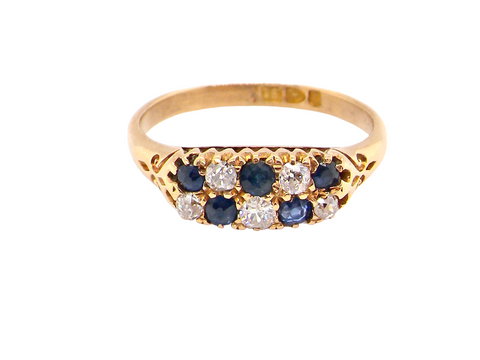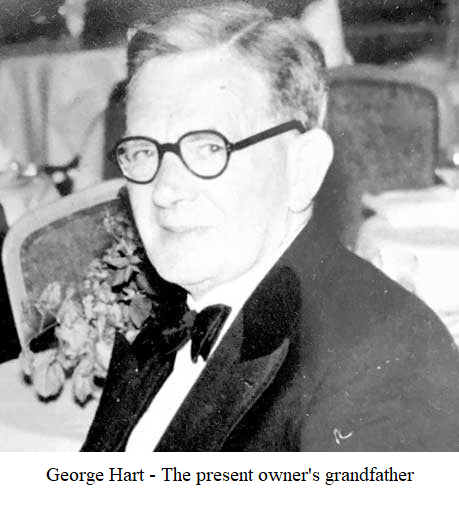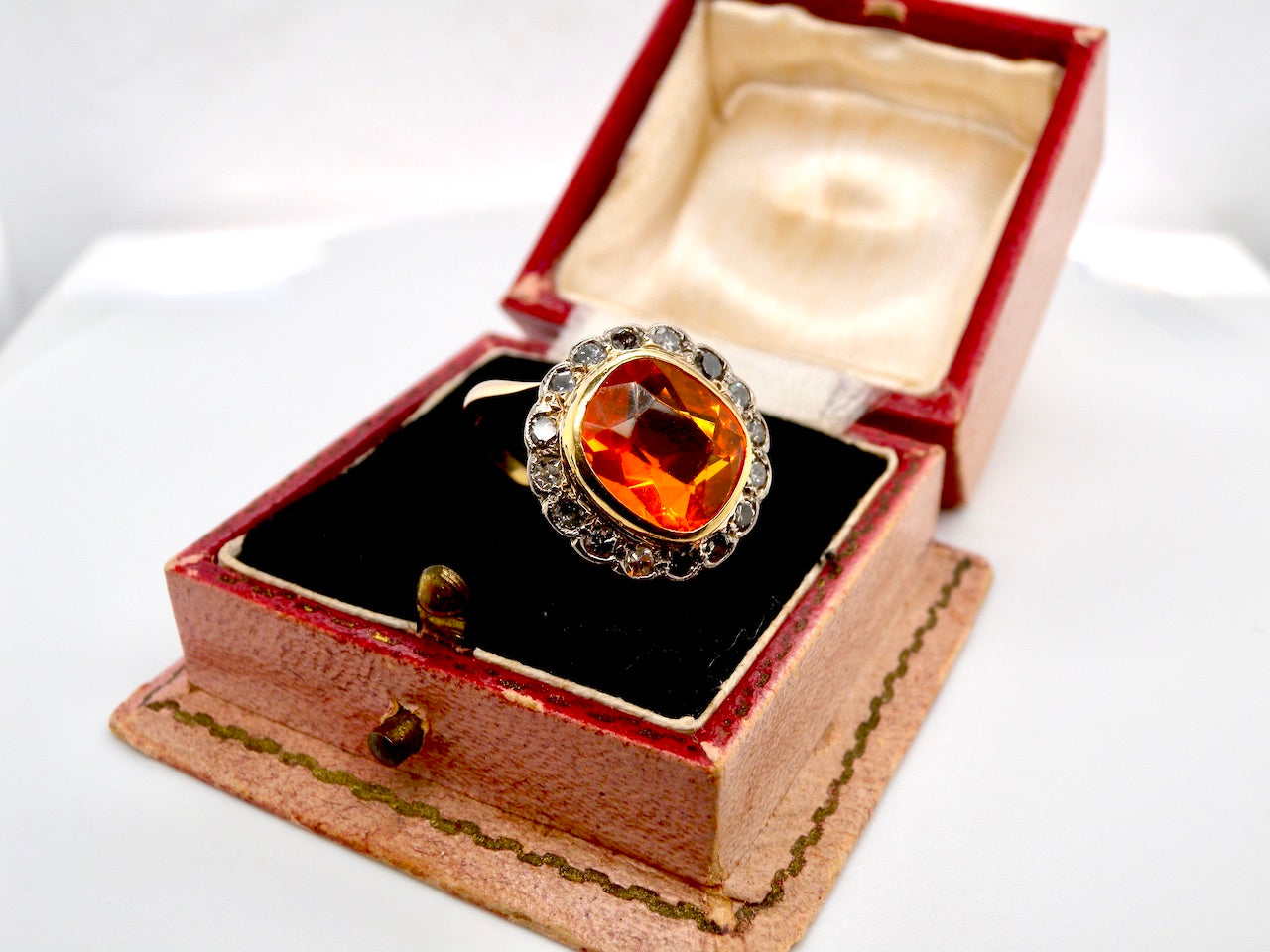Introduction to Antique Jewellery
The first time I held an antique jewel, I remember thinking less about its value and more about the lives it had touched. A small Victorian brooch came across my desk one morning, its clasp slightly worn from years of use. It felt as though every hand that had fastened it left behind a trace of its story.
At Charles Hart Jewellers, we’ve seen thousands of such pieces during our two centuries in the trade. Some are everyday keepsakes, others are brought out only on special occasions. Yet what unites them all is the way their stories remain intact, whether through the craftsmanship or the sentiment that clings to them.

Why Antique Jewellery Keeps Its Value
Scarcity of Materials
There are certain gems and metals you simply don’t see sourced in the same way anymore. Old mine–cut diamonds, Burmese rubies, and natural pearls, for example, have become increasingly rare. When supply dwindles, well-preserved examples naturally become more desirable to collectors and investors alike.
Craftsmanship That Can’t Be Replicated
Antique jewellery was always the product of patience. You can spot it straight away: a diamond that isn’t perfectly round, or a claw setting that sits a little unevenly. These aren’t faults they’re the signature of the craftsperson who made it. It’s those small irregularities that give a piece warmth, reminding us that it was shaped by hand, not machine.
Provenance and Story
Jewellery is unusual in that it carries history you can hold. A Georgian ring still set in foil-backed stones, or a Deco bracelet with its bold geometry, instantly transports you back to its era. Provenance documents, family records, or even just the style itself can add a layer of value far beyond the sum of the materials.
Jewellery Eras Collectors Value
Georgian (1714–1830): Early pieces often show foil-backed settings behind the stones, with hand-cut details and intricate metalwork that give each jewel a very personal character.
Victorian (1837–1901): From sentimental mourning rings to romantic lockets and elaborate cluster designs, Victorian jewellery reflects the fashions and emotions of a rapidly changing century.
Edwardian (1901–1915): Jewellers embraced platinum, creating jewels that appear airy and lace-like, with diamonds and delicate filigree patterns that defined the elegance of the era.
Art Deco (1920s–1930s): A complete shift in style — bold geometry, sharp lines, and vivid colour contrasts. Even now, Deco jewels stand out for their modern energy.
Collectors treat these eras almost like categories in an art sale — each with its own following, benchmarks, and price patterns. Auction houses prove it time and again: fine examples hold their value and, more often than not, appreciate.
FAQs About Antique Jewellery as an Investment
Q: Does antique jewellery really appreciate in value?
A: It often does. While not every piece will rise steeply, well-preserved examples — especially those with rarity, provenance, and strong design nearly always hold or increase their worth over time.
Q: Should I only buy signed pieces?
A: A Cartier or Tiffany signature will usually add value, but it isn’t the whole story. We’ve bought unsigned Victorian and Edwardian pieces with superb handwork that outperformed signed items. Look first at the craftsmanship, condition, originality, and materials; the signature is a bonus, not a guarantee.
Q: How should I care for antique jewellery to keep its value?
A: Treat it gently and store it well.
• Keep each piece in a soft pouch or box, away from radiators and damp.
• Store items separately so stones and metal don’t rub.
• Avoid ultrasonic cleaners for antique mounts, foiled-back stones, pearls, and opals.
• Put jewellery on after hairspray or perfume.
• Bring rings and brooches in once a year so we can check claws, hinges and settings.
Final Thoughts
Antique pieces combine use and value. Choose carefully, care for them, and they’ll reward you twice while you own them and when you pass them on.
You May Also Like: Lab Grown Diamonds V Vintage Jewels



